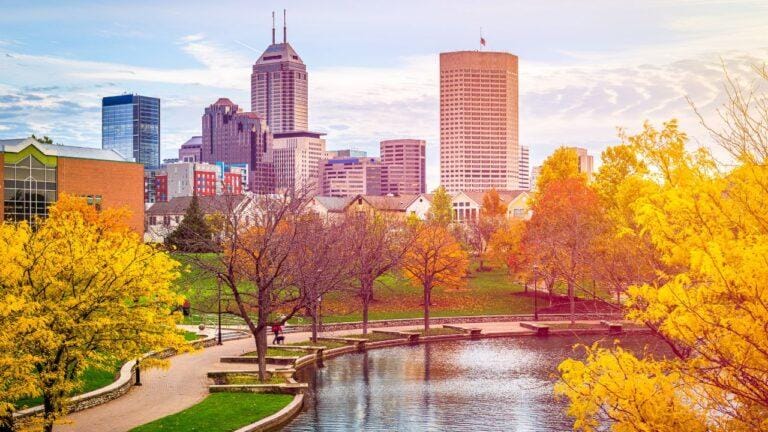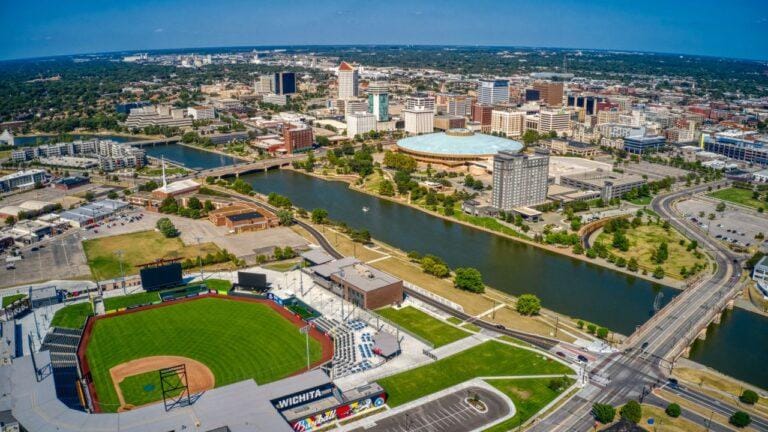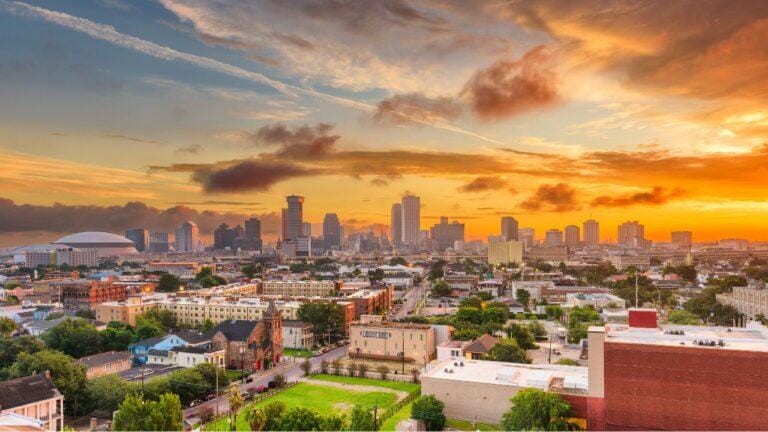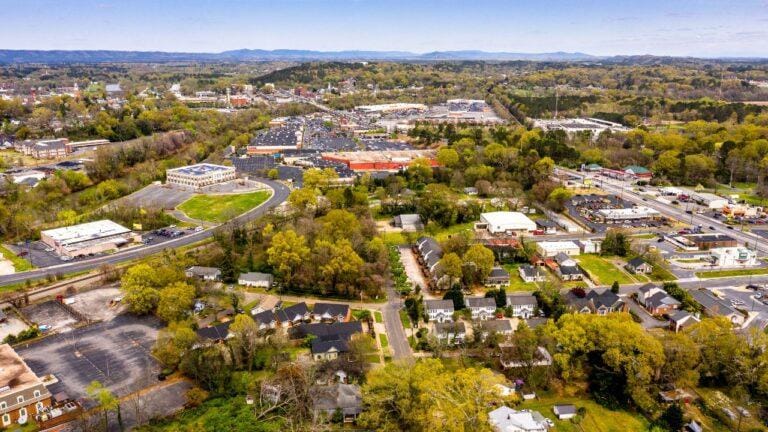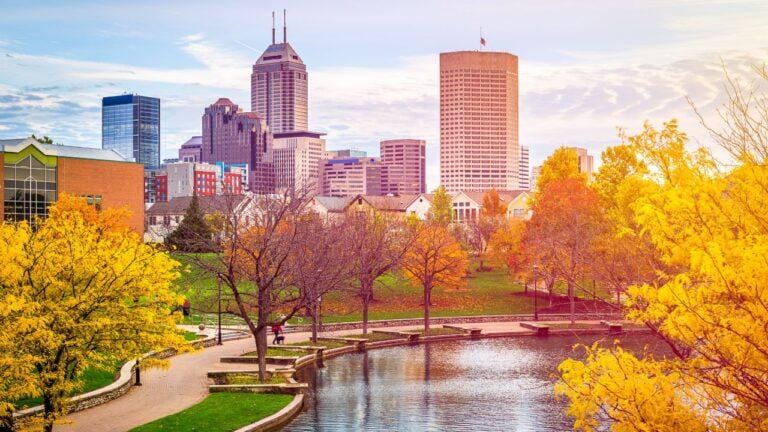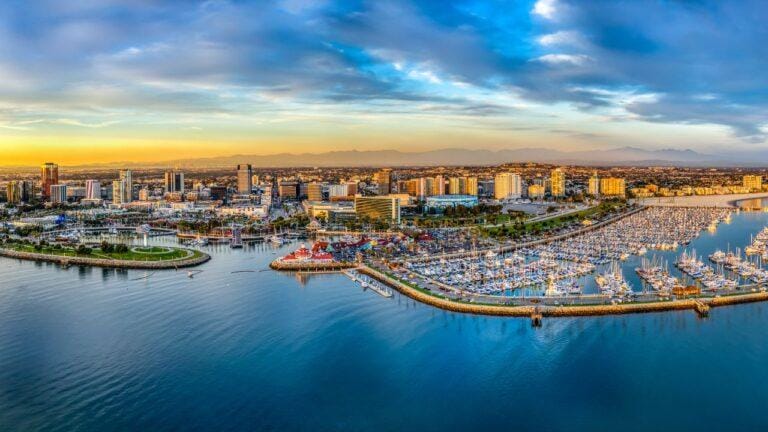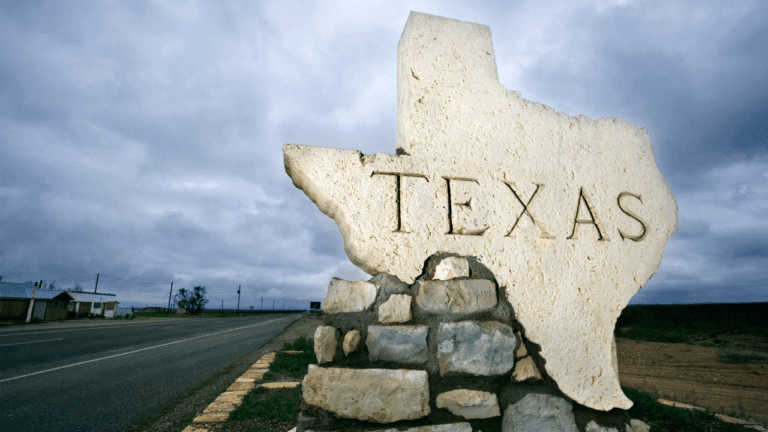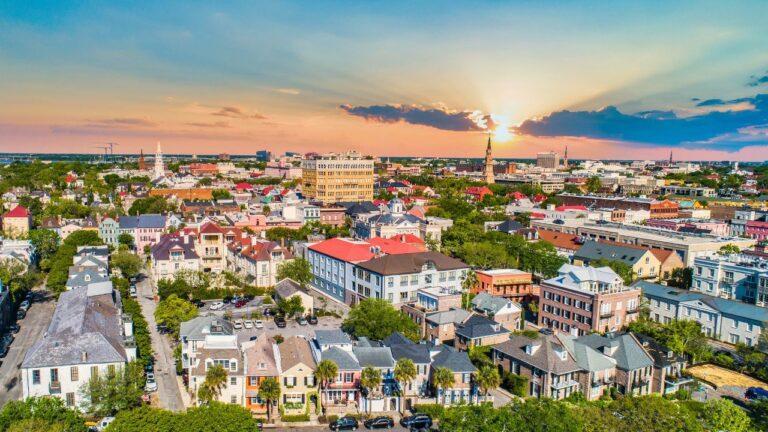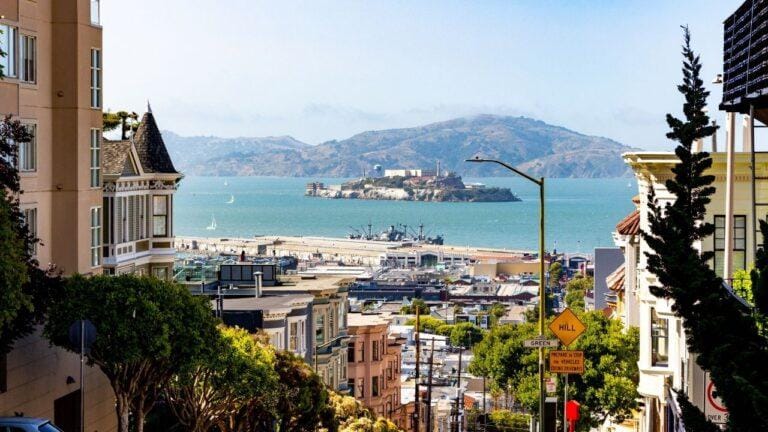6 Cheapest Places to Live in Indiana: Affordable Living Options
Looking for affordable living options in Indiana? You’ve come to the right place! In this article, we will explore the cheapest places to live in Indiana, providing you with valuable insights and information to help you make an informed decision about your next home.

